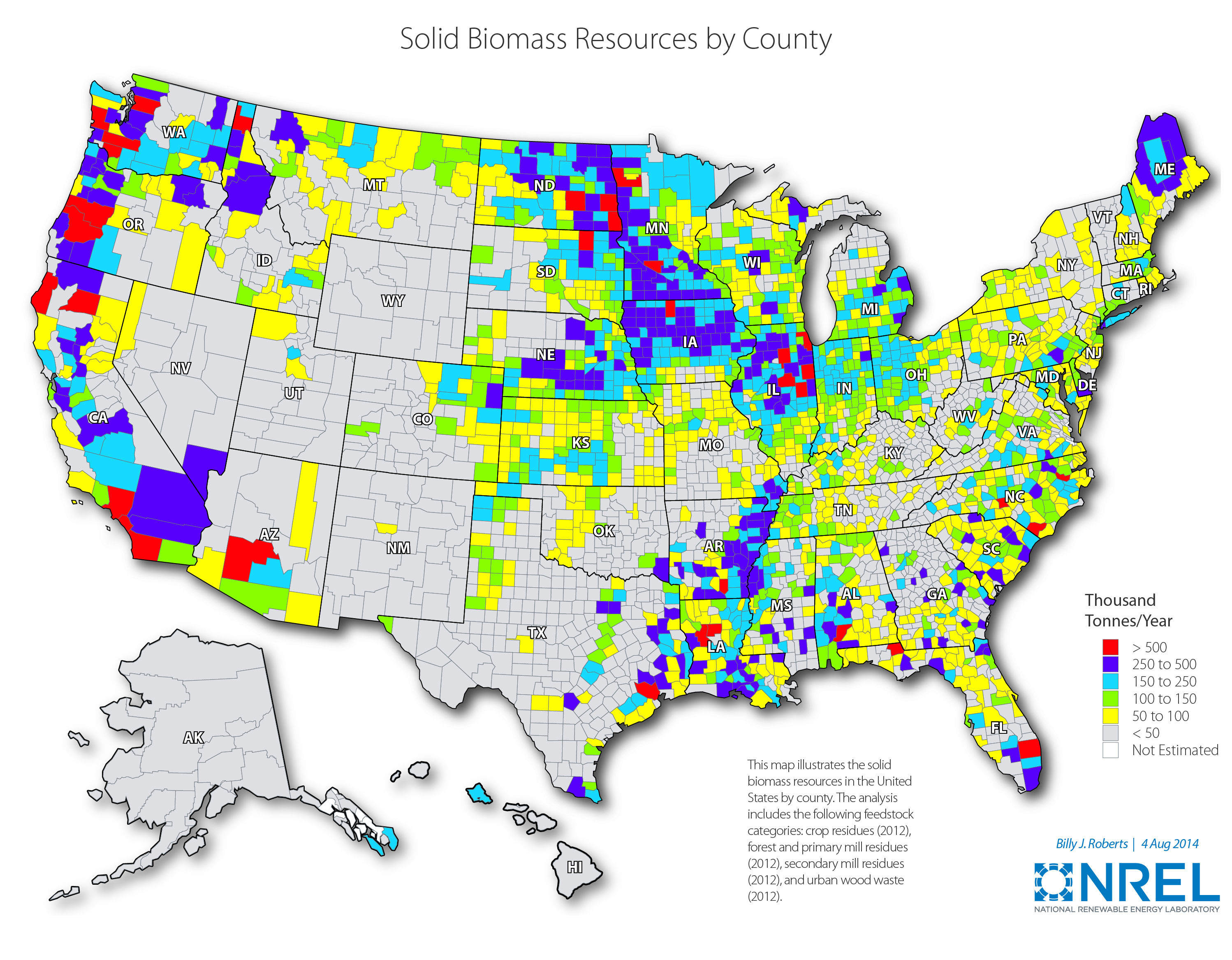Plants Profile for Pisum sativum (garden pea).
P. sativum is part of the family of legumes known as the IRLC or the Inverted Repeat-Lacking Clade. It is related to other legumes such as beans, lentils, peanuts, soybeans, and lima beans. Although there are many other types of legumes that are related to the garden pea.Bean (Phaseolus vulgaris) and Pea (Pisum Sativum) Temperature Germination Experiment Abstract: This experiment had the purpose of testing temperature for bean and pea seed germination. 100 beans were taken and split into four groups of 25. Each Group of 25 beans was folded inside a damp paper towel.Snow peas and snap pea s both belong to Macrocarpon Group, a cultivar group based on the variety Pisum sativum var. macrocarpum Ser. named in 1825. It was described as having very compressed non-leathery edible pods in the original publication.
Short essay on Physiological Roles of Cytokines PreserveArticles.com is an online article publishing site that helps you to submit your knowledge so that it may be preserved for eternity. All the articles you read in this site are contributed by users like you, with a single vision to liberate knowledge.Disclaimer: ITIS taxonomy is based on the latest scientific consensus available, and is provided as a general reference source for interested parties. However, it is not a legal authority for statutory or regulatory purposes. While every effort has been made to provide.

One language that pisum sativum descriptive essay witnessed a huge amount of students is French. It edsay one of the most preferred language which is ought to learnt as second or third language. Learn french in delhi not only enhance many different career options but also help students to adjust to piaum new culture if they pisum sativum.












